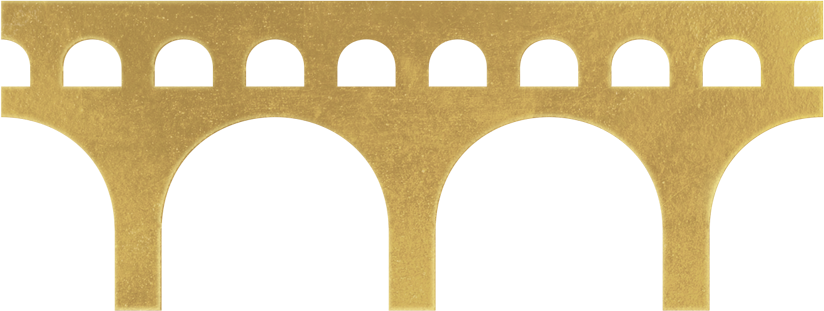Egypt and the Bible - Part 1: Introduction
This post is the introduction to a series of posts on Egypt and its relationship to the Bible. The focus of this series of blogs is to illustrate and describe the various ways that archaeology from Egypt can be used to better understand Egypt itself, and to help illustrate or better understand certain Bible passages.
Egypt is associated with the area of northeast Africa, in particular around the Nile River. As the map below shows, it is southeast of the Land of Israel, separated by the Sinai peninsula. The darker shading in middle of this map shows the Nile river as it flows north toward the Nile delta before emptying into the Mediterranean Sea.
Egypt is the country that has played a more dominant role in the Bible than any other country outside of Israel. Egypt certainly played a major role in more well-known events such as the Exodus, but it is mentioned many more times throughout the Bible, both as an enemy and a friend.
Even a simple word count from the Bible will illustrate Egypt’s dominant role. The chart below shows a count of the times that the words Israel, Judah, Egypt, and others are mentioned. As expected the word Israel appears more than 2500 times in the Bible. The southern tribe of Judah, also known as the southern kingdom in parts of the Bible, appears about 800 times, while Egypt appears about 600 times. All of the other nations appear far less, including the Philistines, who appear only about half as much as Egypt.
Egypt originally consisted of two countries, Upper (southern) Egypt and Lower (northern) Egypt. (Upper Egypt is to the south of Lower Egypt because of its higher altitude.) Even though the unification of Egypt took place at about 3050 BC, the memory of unification was preserved in many Egyptian drawings and artifacts for several centuries. For example, the picture of the gold death mask of Pharaoh Tutankhamun shown below illustrates the memory of the unification of the two countries. Upper (southern) Egypt is symbolized by the head of a vulture, while Lower (northern) Egypt is symbolized by the head of a cobra.
The basic geography of Egypt is very simple since most of the country is desert due to low rainfall . The Nile river flows from the south to the north and supplies the water and a narrow strip of fertile land along its banks. The picture of the Nile River shown below illustrates these three divisions, namely, the Nile River, its fertile soil along its banks, and the desert further from its banks.
The civilization of Egypt is one of the oldest civilizations in the world and has had a profound influence throughout the Bible. This civilization is so old and long that it is divided into three main periods with periods of decline between them. These periods are respectively called the Old Kingdom, the Middle Kingdom, and the New Kingdom. Each of these kingdoms interacted with different periods of the Bible, as will be shown in the following posts.




